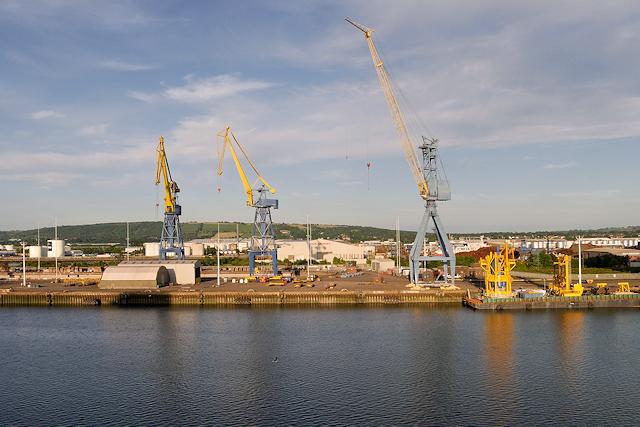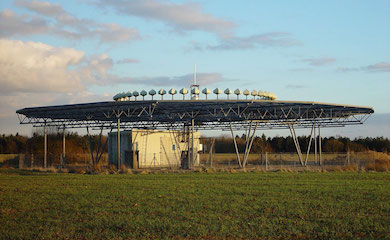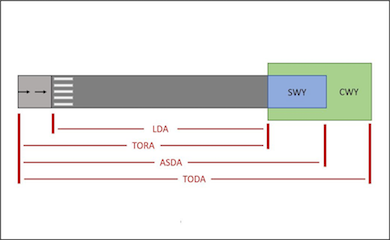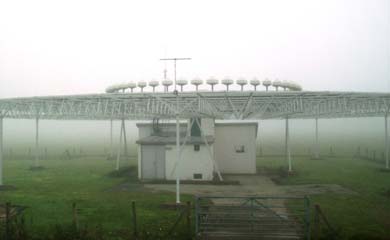Background
Cranes can present a physical obstruction risk to low flying aircraft. This risk is managed by airport safeguarding teams who ensure the safety of aircraft using their airports. Generally the risk depends on proximity to the airport as well as the height of the crane. The safeguarding process is similar to the obstacle assessment process for permanent structures such as tall buildings.

Figure 1 Harbour cranes near Belfast City Airport, Northern Ireland
London Incidents
Cranes have been erected – without the necessary airport permissions – and have then been rapidly dismantled after coming to the attention of the local airport.
More seriously a helicopter flew into the crane building St George’s Tower in London resulting in the loss of the helicopter and all on board.
Impact
Whilst managing the impact of cranes is similar to managing the impact of buildings cranes’ impacts can be more complicated. This is because:
- Cranes are often taller than the buildings they are being used to construct
- Crane heights can vary
- Cranes can move – they might be safe at one location on a site but not at another
Assessment Process
The normal assessment process is to determine whether a crane, at its maximum height, will breach an airport’s obstacle limitation surfaces. As a general rule it will be acceptable if it does not breach.
It may still be acceptable if it does breach – but further assessment, and possibly mitigation, is likely to be required.
Mitigation Options
There are a number of options for mitigating the impacts of cranes. These include:
- Fitting aviation lights
- Limiting crane operating times
- Reducing crane heights
- Moving cranes when not in use
- Issuing Notices to Airmen (NOTAMs)
Planning Conditions
Planning permission for developments whose cranes may affect airports often have a planning condition attached requiring that crane impacts are managed correctly. These planning conditions can:
- Stipulate maximum crane heights
- Require crane lighting
- Require a Crane Operation and Management Plan to be submitted and approved
How Can Pager Power Help?
Pager Power undertakes technical assessments for tall buildings developments. It can also advise on discharging aviation planning conditions as well as crane management plans. For further information please contact Mike Watson at Pager Power on 01787 319001.
Image accreditation: https://www.geograph.ie/photo/5477466



